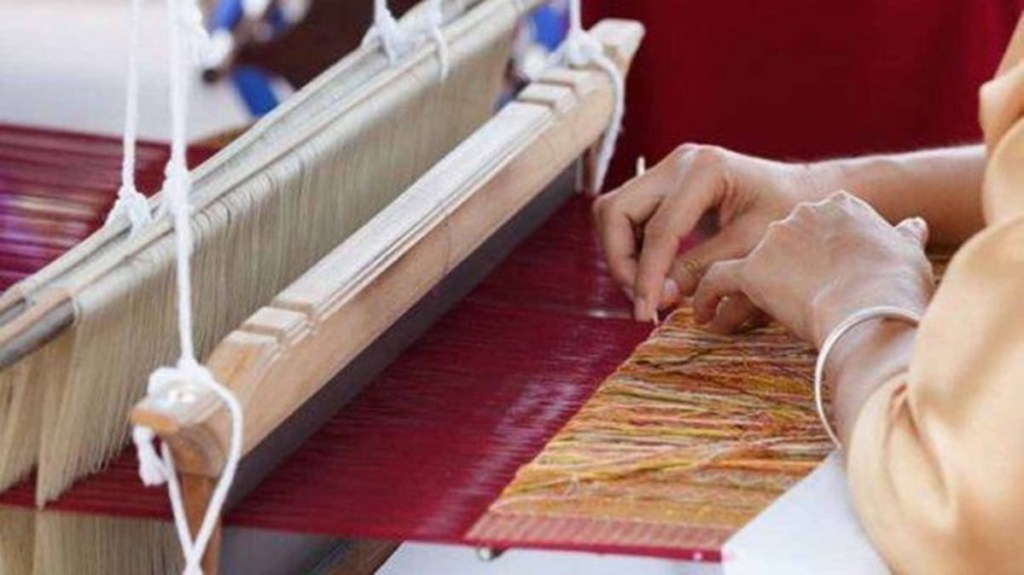By NAYAN DAVE
In a bid to capitalise on global opportunities emerging in the post pandemic era, the domestic textile industry is demanding the roll-out of an appropriate Textile Technology Development Scheme (TTDS) which would replace the existing Technology Upgradation Fund Scheme (TUFS).
It may be mentioned that the latest modification of TUFS, which was valid up to March 31 this year, was extended pending announcement of TTDS. Textile industry sources said textile units are waiting for the unveiling of the new scheme in order to modernise their units as under the current amended TUFS scheme, they are hardly getting a subsidy of around 10 %.
TUFS was originally launched in 1999 and it has been modified numerous times in line with technological and market developments, they say, adding that it is high time to unveil TTDS as early as possible considering the fact that European nations and the US are trying to decrease their dependence on China and looking at countries like India and Vietnam to source imports.
“We need to upgrade the manufacturing process rapidly to tap the global opportunity. More than 50 % weaving units across India are still using over 20 year old powerlooms. Time has come to replace old machineries with modern Rapier, Waterjet and airjet looms which would improve quality of Indian fabric,” said Bharat Chhajer, past chairman of Powerloom Development & Export Promotion Council (PDEXCIL), an organisation functioning under Union ministry of textile.
“Since modern powerlooms are more expensive, the government should encourage existing MSMEs in the sector by providing subsidies and other financial assistance, ” said Ashok Jirawala, president, Federation of Gujarat Weavers Association (FOGWA). There are more than 7.5 lakh powerlooms in Surat alone of which nearly 50 % require to be replaced with modern looms.
“Compared to traditional powerlooms, rapier looms are extremely costly and without financial assistance from the government it is impossible for the smaller units to upgrade their machinery,” said Jirawala.
“The entire textile value chain, right from spinning to processing, is in urgent need of modernisation in order to tap global opportunity in the textile and apparel sector,” said Mayur Golwala, president of Sachin Industrial Estate where hundreds of textile units are situated.
“The government must consider increasing the investment cap for subsidy and other benefits to textile units in the upcoming TTDS. Otherwise, it will be difficult to modernise the country’s textile sector,” ,he adds.
The Federation of India Art Silk Weaving Industry (FIASWI) has already made representation before the Government of India demanding subsidies up to 40% to textile processors to increase exports.
“The spinning segment must involve all blended yarns as blends would dominate future trends of textile industry. For technology upgradation, spinners should have a higher cap of Rs 100 crore with subsidy of 25 %. The garment sector must include construction of buildings as the cost of machinery is way less compared to construction cost of a garment factory,” said Bharat Gandhi, chairman of FIASWI.

